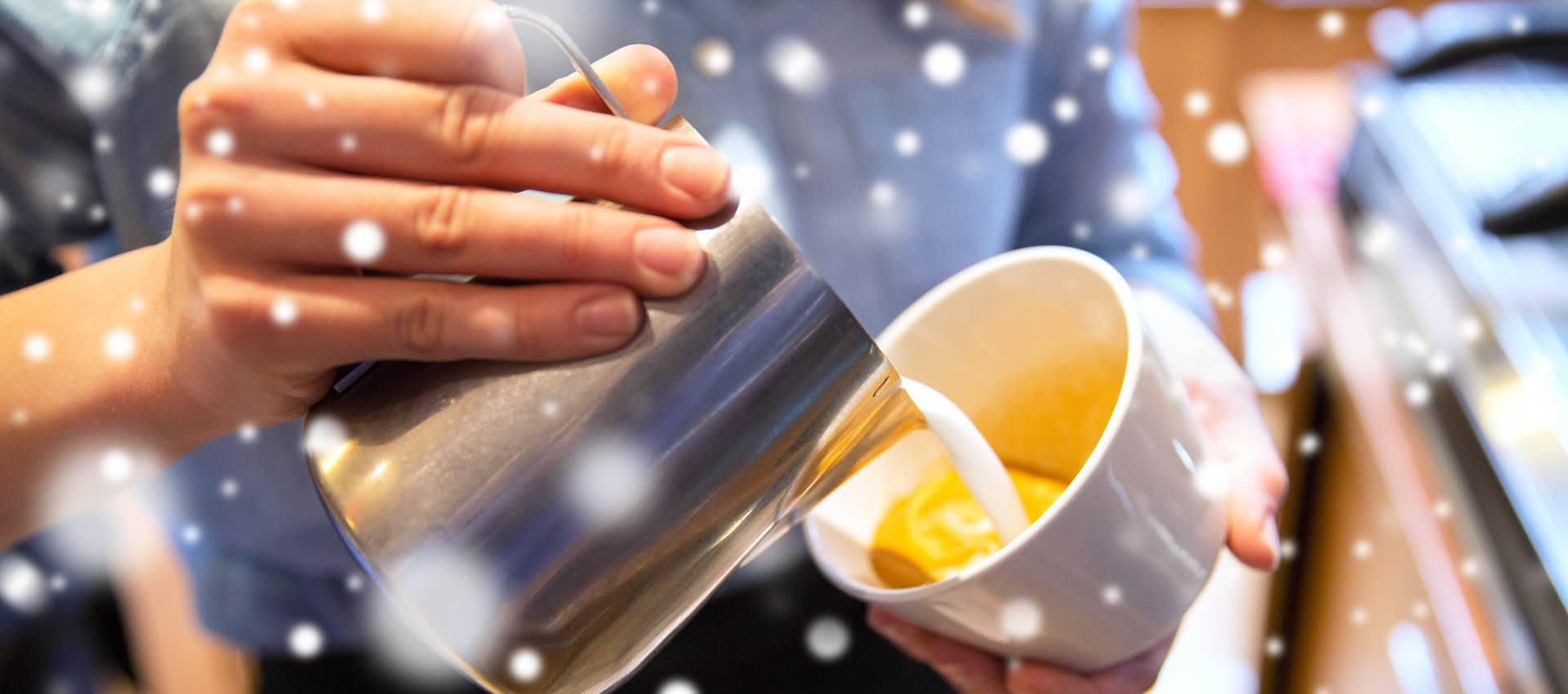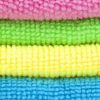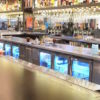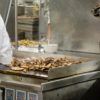Do you regularly see an increase in traffic at your restaurant for the holidays? Many restaurants do – in fact, the holidays are often a restaurant’s busiest time of the year. Make sure this is an enjoyable experience for the families and individuals that decide to join you at your establishment. One way to do that is to ensure that your kitchen is safe from fires by strictly observing precautions and staying alert to possible issues.
Top Five Fire Safety Issues in Restaurants
On the Halo blog, we have a post explaining the top five fire safety issues to watch out for. Those are:
One: Dirty hoods, ceiling, vents and work areas.
Lack of cleanliness in a commercial kitchen is a major risk of restaurant fires. Unclean surfaces can be ignited by a small spark or flame and quickly turn into a fire disaster.
Two: Incorrectly installed baffle filters.
Filters are specifically designed to collect grease. If they aren’t properly installed, the amount of grease they are able to collect may be reduced, causing more accumulation on the hood- and creating a larger chance for a grease fire to spark.
Three: Inadequate vent hood & fire suppression system.
If a fire occurs in or on an appliance that is not covered by the hood or suppression system, it cannot be adequately controlled by the system. It’s important to make sure, especially after adding or replacing cooking equipment, that the kitchen exhaust & fire suppression systems are adequate for the appliances they are suppose to protect.
Four: Inadequate cleaning schedule.
Kitchen exhaust systems that are not kept clean can accumulate grease and pose a serious fire threat. Adequate cleaning schedules vary greatly from one kitchen to the next depending on the type of food and oils being cooked and at what volume. A full service restaurant using multiple fryers or woks may need to be cleaned monthly, while a low-volume kitchen like that in a daycare or senior center may only require annual cleaning.
Five: Inadequate separation between open flame appliances and fryers.
Without adequate separation, oil can splash into open flames, causing serious fire risks. There should be 16 inches of separation between the appliances or a 16 inch vertical, non-combustible (metal) divider.
These five issues pose the most threat to sparking a kitchen fire. Make sure to monitor your kitchen closely so these issues do not become reality.
Preventative Maintenance for Fire Safety
To prevent these five issues listed above and more, make sure you have preventative measures in place to guard against those threats.
1. Install an automatic fire-suppression system in your kitchen.
Commercial kitchen owners are required by the National Fire Protection Association (NFPA) to have a UL300-approved automatic fixed fire suppression system. These systems protect grease extraction systems, exhaust ducts, hoods, and cooking equipment like fat fryers, griddles, broilers, woks and ranges.
Fire suppression protection is crucial: 57% of restaurant fires involve cooking equipment.
If a fire breaks out, fire-suppression systems automatically douse the flames in chemicals to stop the fire. They are also responsible for automatically shutting down fuel, gas, and electric to the kitchen cooking equipment. Activating the system automatically shuts down the fuel or electric supply to nearby cooking equipment. Make sure to have your fire-suppression system inspected semiannually by a professional.
2. Always keep portable fire extinguishers around.
Different types of extinguishers correspond to different types of fires:
- Class A extinguishers are for fires containing combustibles such as wood, paper, cloth, trash, and plastics.
- Class B extinguishers are used for fires containing flammable liquid of gas or paint.
- Class C extinguishers are for fires containing electrical equipment such as motors or kitchen appliances.
- Class D extinguishers are for combustible metal fires.
- Class K extinguishers are for kitchen fires that contain grease, fats and oils that burn at a high temperature and are only supposed to be used after the activation of a built-in hood suppression system.
There are eight different types of fire extinguishers in common use:
1. Cartridge Operated Dry Chemical
Cartridge Operated Dry Chemical extinguishers are used to stop the chemical reaction of a fire and create a barrier between oxygen and fuel. These are used for Class A fires.
>
2. Water and Foam
Water and Foam extinguishers extinguish fires using water to take away heat from the fire and using a foam to block oxygen from the fire. These should only be used on Class A or Class B fires.
3. Water Mist
Water Mist extinguishers remove the heat element of fires. These are typically used for Class A fires, but they can be used on Class C fires as well.
4. Carbon Dioxide
Carbon Dioxide extinguishers remove oxygen and heat from a fire with a cold discharge. These are only effective on Class B and C fires.
5. Clean Agent
Clean Agent extinguishers use halon and halocarbon to interrupt the chemical reaction component in fires. These are typically used for Class B and C fires, but bigger Clean Agent extinguishers can be used on Class A fire as well.
6. Multi-Purpose Dry Chemical
Dry Chemical extinguishers remove the chemical reaction from a fire. These is a very popular choice because it extinguishers Class A, B, and C fires. If you are using a regular Dry Chemical Extinguisher, not a multi-purpose one, only use it on Class B and Class C fires.
7. Dry Powder
Dry Powder extinguishers separate fuel from oxygen and removes the heat element of a fire, much like Wet Chemical extinguishers. Dry powder extinguishers are used on Class D fires only.
8. Wet Chemical
Wet Chemical extinguishers extinguish fires by removing heat and preventing oxygen from fueling a fire so it cannot be re-ignited. These are used for Class K fires and are necessary in a commercial kitchen.
3. Clean your exhaust system regularly.
If a hood and ducts are not collecting the right amount of airborne particles and residue, a buildup occurs, which raises your chances for fire. Check our HALO’s other posts on how often to clean that equipment to keep it working well and working safe.
4. Schedule regular maintenance on electrical equipment.
In addition, watch for hazards like frayed cords or wiring, cracked or broken switch plates and combustible items near power sources.
Restaurant Staff & Fire Safety
It’s important that your staff is well educated on how to maintain a kitchen in order to keep it clean and safe. Your staff should know how to:
- Locate and use a fire extinguisher appropriately.
- Regularly clean grease off and out of the kitchen equipment, including exhaust hoods, fans, and cooking equipment. If you have wood- and charcoal-burning ovens, they should remove the ashes at least once a day and store them safely, according to wood- and charcoal-burning oven instructions.
- Store and use chemical solutions and flammable liquids properly.
- Clean up fire hazards such as paper products, linens, cardboard boxes, food, and trash, never throw water on a grease fire or smoke around storage areas or the kitchen, and understand the emergency plan, which should contain the powering down of the restraunt, emergency evacuation, and calling the proper authorities.
The holidays are a festive, happy time. Aside from your regularly scheduled retaurant hood cleaning service, we’ve noticed deep cleans of restaurant kitchens are often warranted after the holiday rush. Making sure your restaurant reflects a festive holiday season by being comfortable, professional and safe will help to ensure that your holiday traffic continues to bring good fortune to your restaurant.




